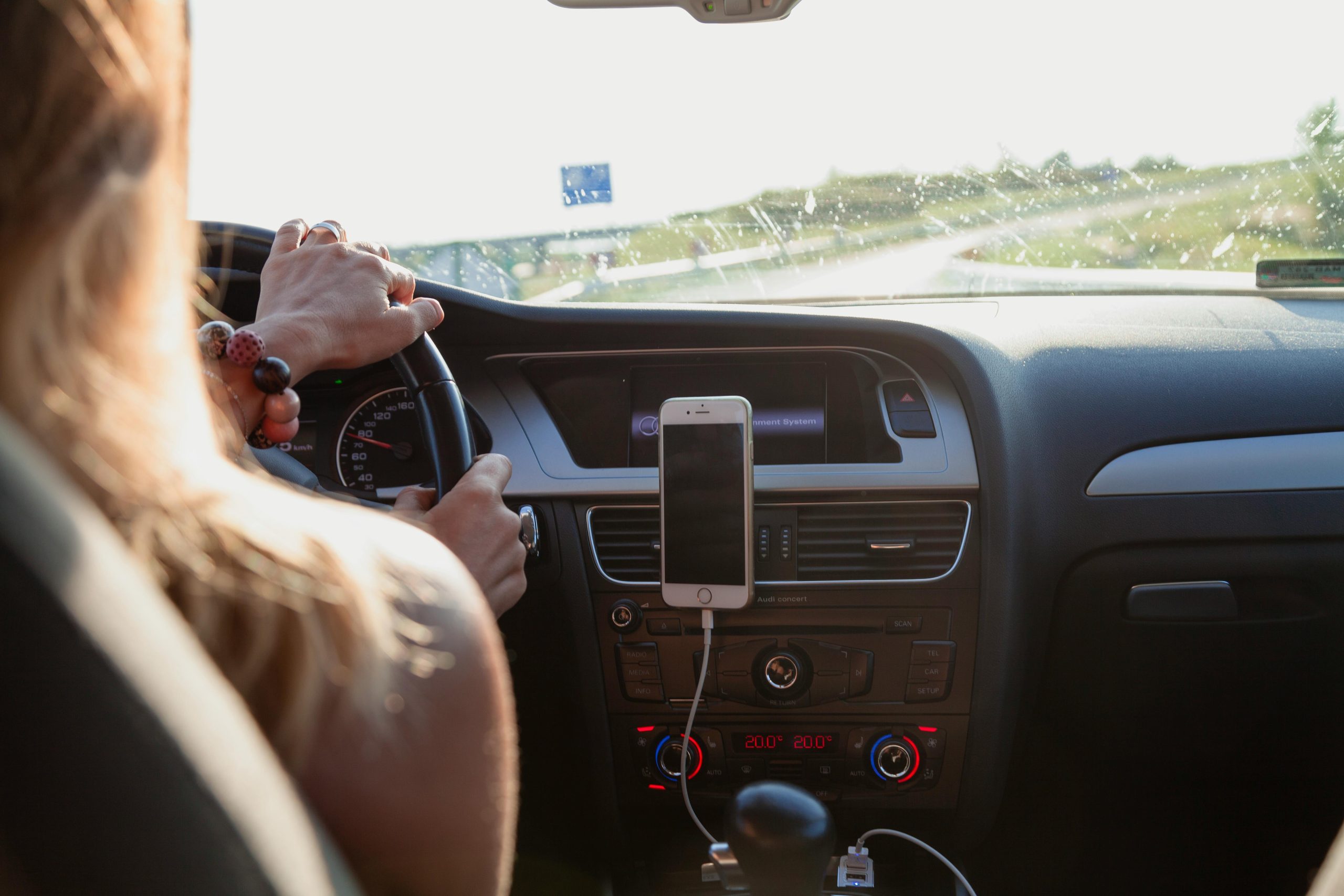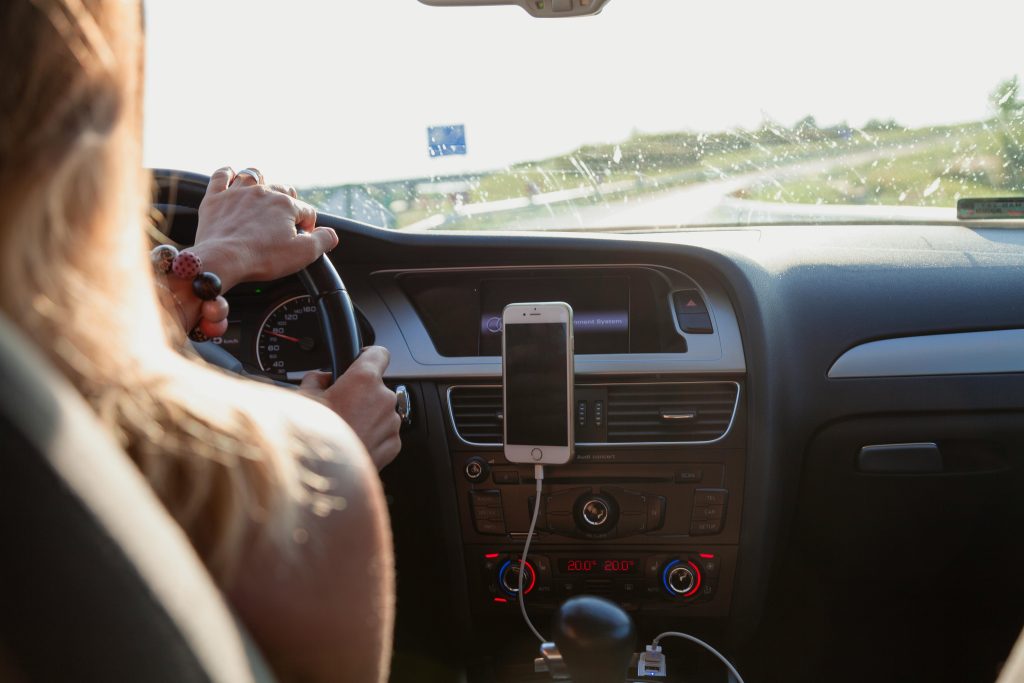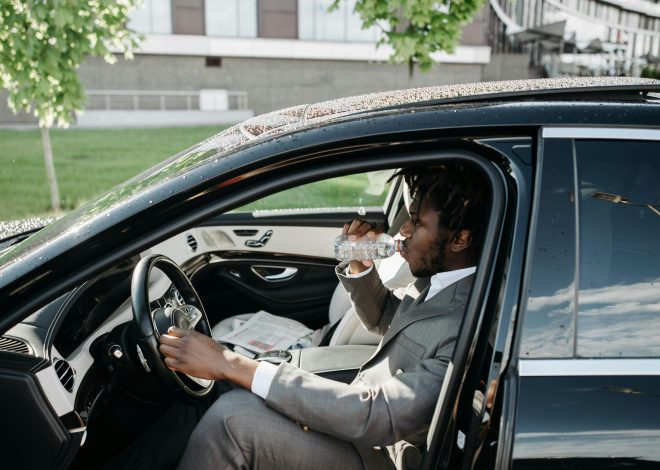
How to Reduce Blind-Spot Risks When Changing Lanes
Even the most experienced drivers can miss a vehicle hiding in their blind spot, making lane changes dangerous. By adopting a few simple habits—proper mirror adjustment, active scanning, and leveraging modern technology—you can drastically lower your risk of a side-swipe collision. Below, you’ll find practical tips and step-by-step guidance to keep you safer when merging or switching lanes on the highway, city streets, or suburban roads.

1. Optimize Your Mirror Settings
A. Use the “Blind-Spot Mirror” Technique
- Driver-Side Mirror:
- Lean your head toward the driver’s window until it almost touches the glass.
- From that position, adjust the side mirror so you can just see the side of your own car’s rear corner.
- This angle shifts the view farther outward, reducing overlap between the rearview mirror and side mirror.
- Passenger-Side Mirror:
- Lean your head to the center of the vehicle (over the console).
- Adjust the passenger-side mirror so that you can barely see the right rear corner of your car.
- Again, this widens your field of view and minimizes the blind-spot zones.
- Benefit:
- With this setup, vehicles traveling alongside you will appear in the side mirror earlier—allowing you to see a car that would otherwise be in the blind spot of a conventional “inward” mirror angle.
B. Double-Check the Rearview Mirror
- Before you even think about a lane change, dedicate a quick glance to your rearview mirror. Confirm the general flow of traffic behind you:
- Is traffic accelerating?
- Are vehicles in adjacent lanes closing speed?
- A rearview glance sets context before you move your head for a shoulder check.
2. Perform a Proper Shoulder Check
A. When and How to Shoulder Check

- Signal First:
- As soon as you plan to switch lanes, activate your turn signal at least 3–5 seconds (or 100 feet, whichever comes first) before moving. This alerts drivers behind you of your intention.
- Quick Shoulder Glance:
- Turn your head quickly but smoothly (don’t jerk).
- Look over your shoulder in the direction you plan to move. If going right, look over your right shoulder; if left, over your left shoulder.
- Confirm there are no vehicles, motorcyclists, bicyclists, or pedestrians occupying the blind spot next to your door.
- Maintain Steering Control:
- While your head is turned, keep a light grip on the steering wheel with one hand to maintain control. Avoid oversteering; you’re merely glancing, not turning the wheel.
- Return Focus to the Road:
- Once you see it’s clear, quickly return your eyes and head to facing forward to avoid drifting or over-correcting.
B. Why Shoulder Checks Matter
- No Mirror Covers All Angles: Side mirrors—even when perfectly adjusted—still leave a sliver of roadway unseen.
- Detect Non-Motorized Road Users: Motorcyclists, bicyclists, and pedestrians may be obscured by vehicles or road infrastructure. A shoulder check ensures you’re not missing someone sharing the lane.
3. Adopt Proper Lane-Positioning Habits
A. Maintain a Safe Following Distance
- Two-Second Rule: Always stay at least two seconds behind the vehicle ahead (five seconds in inclement weather).
- Why It Helps: A generous following distance gives you more time to check your mirrors, shoulder check, and execute lane changes without rushing.
B. Keep to the “Center of Your Lane”
- Driving slightly off-center in your lane (toward the side you’re merging into) naturally widens your peripheral vision. For instance, if you intend to merge right later, consider occupying the left half of your lane until you’re ready to signal.
- Caveat: Don’t straddle lanes. You’re only shifting your position within your lane footprint—never crossing the lane marker until you’ve confirmed it’s clear.
C. Scan Adjacent Lanes Continuously
- As you cruise, routinely glance at your side mirrors every five to eight seconds, especially on faster roads.
- Early detection of a vehicle creeping into your blind spot lets you “cancel” a planned merge or adjust speed—replacing a risky maneuver with a safer alternative.
4. Leverage Technology and Safety Aids
A. Blind-Spot Monitoring (BSM) Systems
- How They Work: Radar or ultrasonic sensors mounted on the rear bumper detect vehicles entering your blind-spot zone (usually a few feet beside and slightly behind you).
- Visual Alerts: A small indicator light on the corresponding side-view mirror illuminates when something is there.
- Audible Alerts: Some cars emit a chime or vibration if you try to signal a lane change into an occupied blind spot.

Tip: Even with BSM, don’t eliminate the shoulder check. False positives and sensor blind spots (e.g., very low-profile sports cars or motorcycles weaving between lanes) can still fall outside the sensor’s coverage.
B. Rear Cross-Traffic Alert (RCTA)
- Use Case: When you’re backing out of a parking spot, RCTA detects approaching vehicles from the sides and warns you with visual or audible alerts.
- Benefit: Though not strictly for lane changes, this reduces one type of blind-spot risk when maneuvering in reverse—especially in lot designs that obstruct your view.
C. Lane-Change Assist and Camera Systems
- 360° Camera or “Bird’s-Eye” View: Provides a simulated top-down perspective of surrounding obstacles—useful at low speeds or tight traffic.
- Side Cameras: Many modern vehicles display a live camera feed of the adjacent lanes on the infotainment screen when you signal a turn. This supplementary view can catch objects lower than the mirror line (curbs, small children, pets).
Tip: Before relying on cameras, practice glancing at the screen for just a split second. Extended eyes-off-road—even for camera checks—can be dangerous. Combine it with a quick mirror glance and shoulder check.
5. Adjust Speed Thoughtfully Before Merging
A. Match Speed with the Target Lane
- Accelerate or Decelerate: If a car is approaching in the lane you want to enter, adjust your speed briefly to create a gap rather than forcing a merge.
- Speed Up Slightly: When there’s a gap just ahead in the adjacent lane—but you’re a bit slow.
- Slow Down Gently: When you need a trailing vehicle to pass before you merge.
B. Avoid Sudden Braking or Steering
- Jerking the wheel or slamming on the brakes in response to an unexpected vehicle in your blind spot can confuse drivers behind you and increase the risk of a rear-end collision.
C. Use Acceleration Lanes and Exit Lanes Properly
- On highways, acceleration or exit lanes give you space and time to adjust your speed before merging into the main flow.
- Tip: Enter the acceleration lane at a steady pace matching highway speed, then shoulder check and merge as soon as you see a safe gap.
6. Recognize and Respect Larger Vehicles’ Blind Spots
A. Know the “No-Zones” Around Trucks and Buses
- Front: If you can’t see the driver’s face in the side mirror, the driver can’t see you.
- Sides: Large blind spots extend several feet on either side of a truck—especially the right side.
- Rear: Trucks have a large blind spot directly behind them, where the cab blocks most vision.
B. Keep a Safe Distance
- Passing Large Vehicles: When overtaking a truck on a two-lane road, accelerate and complete the pass quickly.
- Merging in Front of Large Vehicles: Ensure you can see the truck driver’s side-view mirror before merging—in other words, you must be fully in front of them before you move.
Rule of Thumb: If you can see the truck driver in their side mirror, they can also see you.
7. Cultivate Consistent Habits and Mindfulness

A. Plan Lane Changes Early
- Don’t wait until the last second to merge. Aim to be in the correct lane several hundred feet before your exit or turn.
- Last-minute lane changes force rapid eye/head movements and increase blind-spot risk.
B. Reduce Distractions
- Phone and Infotainment: Avoid interacting with touchscreen menus or dialing on your phone when you plan to merge.
- Passengers and Food: Meals, loud conversations, or sudden movements in the car can break your visual and mental focus.
C. Practice Defensive Driving
- Assume other drivers may not signal or may drift into your blind spot without checking.
- Always have a backup plan—if you spot a vehicle in your intended path at the last moment, be prepared to:
- Stay in your lane and let them pass.
- Wait for the next safe gap.
- If there’s no gap, safely reduce speed and reconsider your route.
Conclusion
Reducing blind-spot risks when changing lanes is a matter of combining proper equipment setup (mirrors and technology) with vigilant, consistent habits (shoulder checks and speed control). By:
- Adjusting Mirrors to minimize overlap,
- Performing Shoulder Checks every time you signal,
- Scanning Continuously and maintaining safe following distances,
- Leveraging Available Technology like blind-spot monitors and side cameras,
- Managing Your Speed to create gaps rather than forcing merges, and
- Respecting Larger Vehicles’ No-Zones,
you’ll dramatically lower your chances of missing a hidden car, motorcyclist, or cyclist. Over time, these practices will become second nature—transforming potentially risky lane changes into smooth, safe maneuvers. Drive mindfully, plan ahead, and always double-check before you drift sideways. Safe travels!



